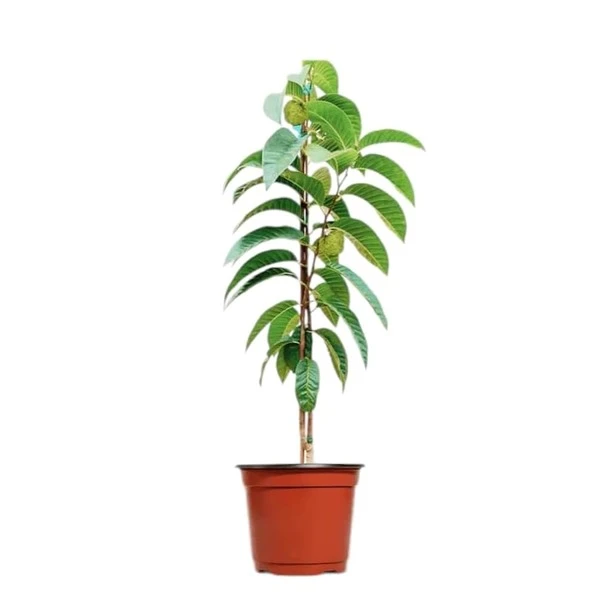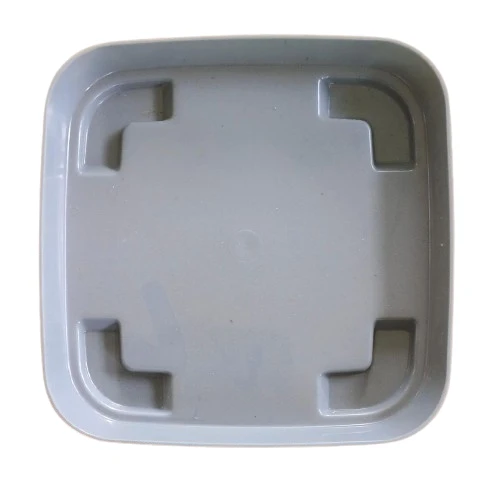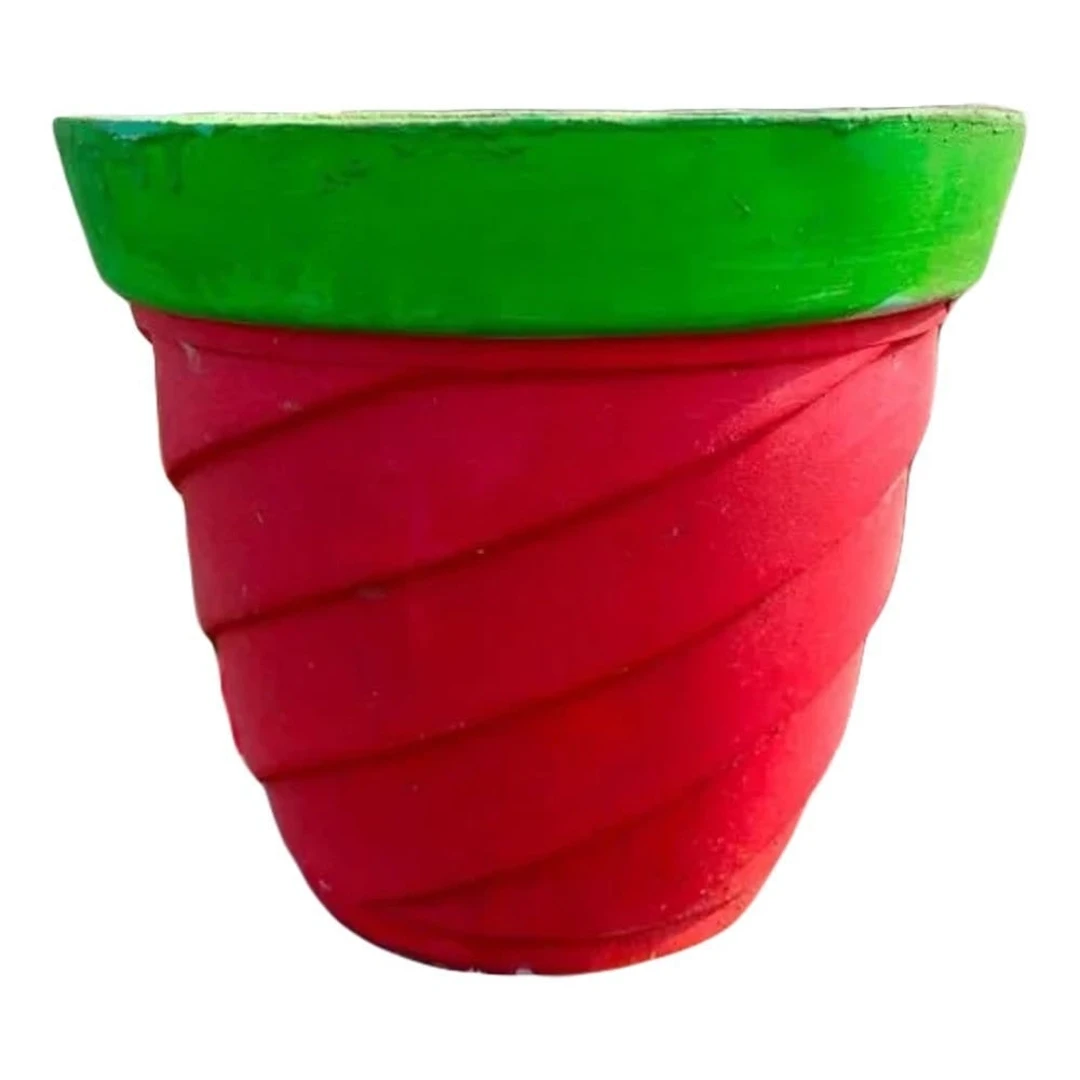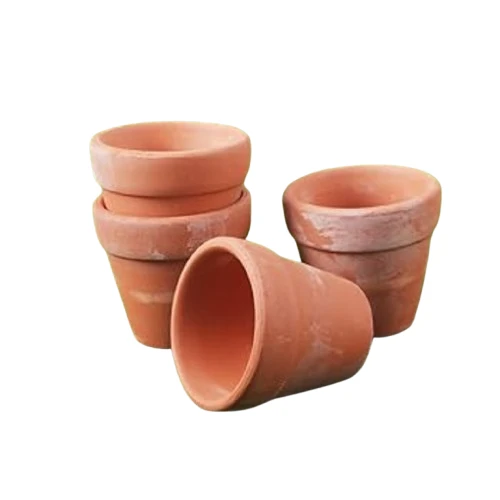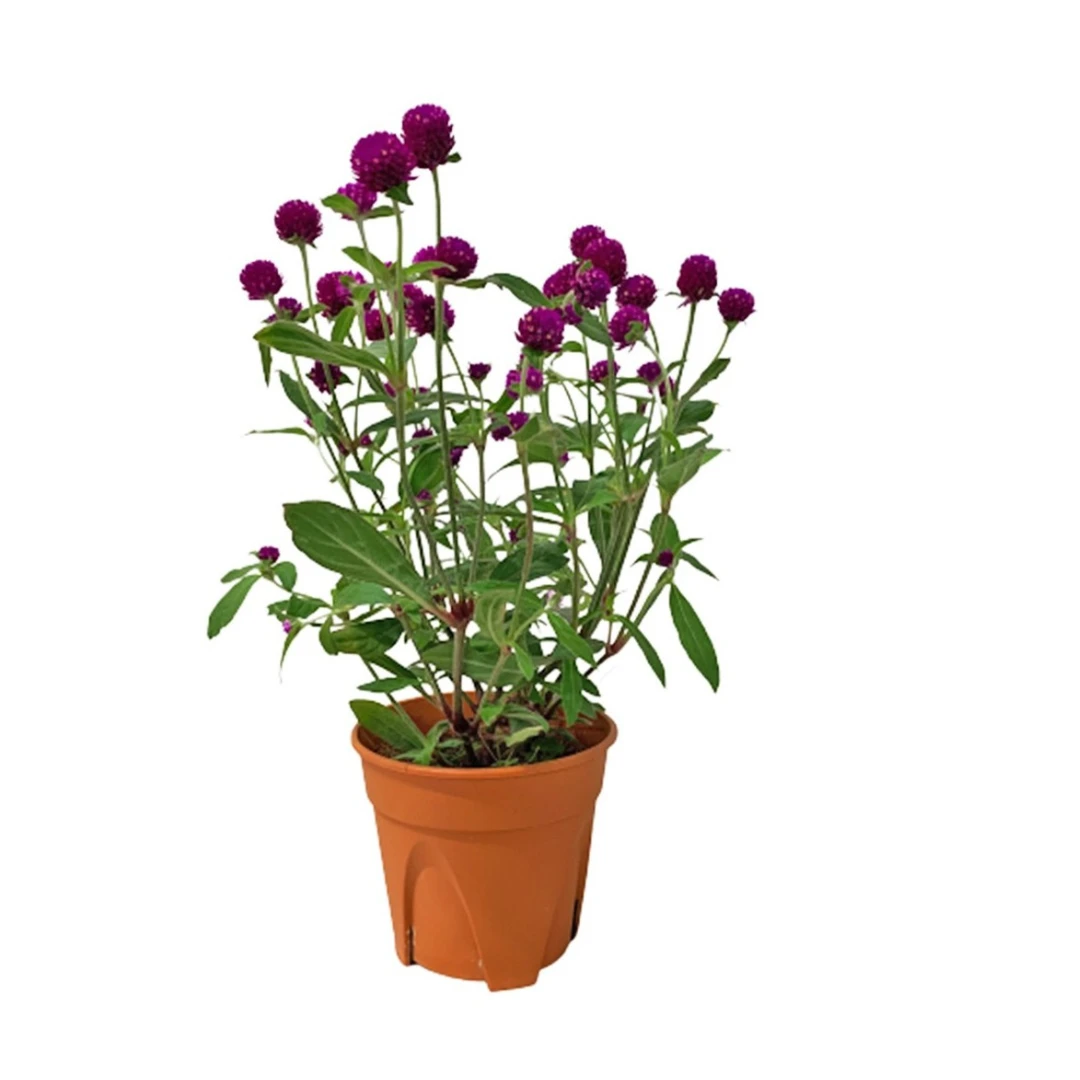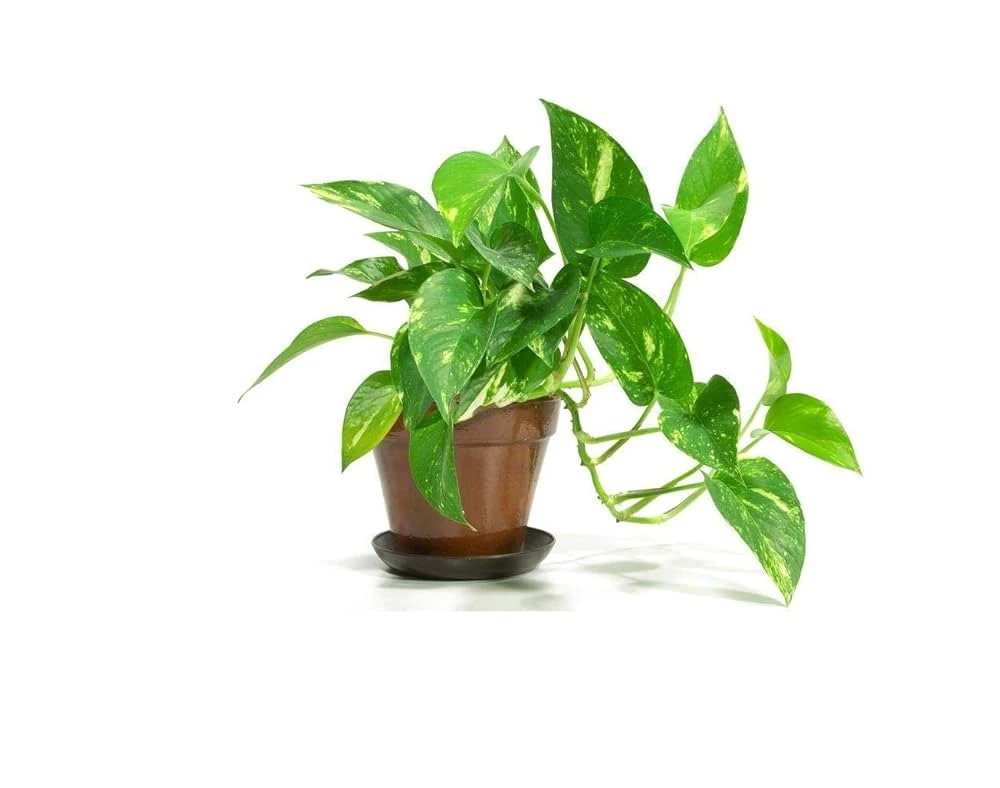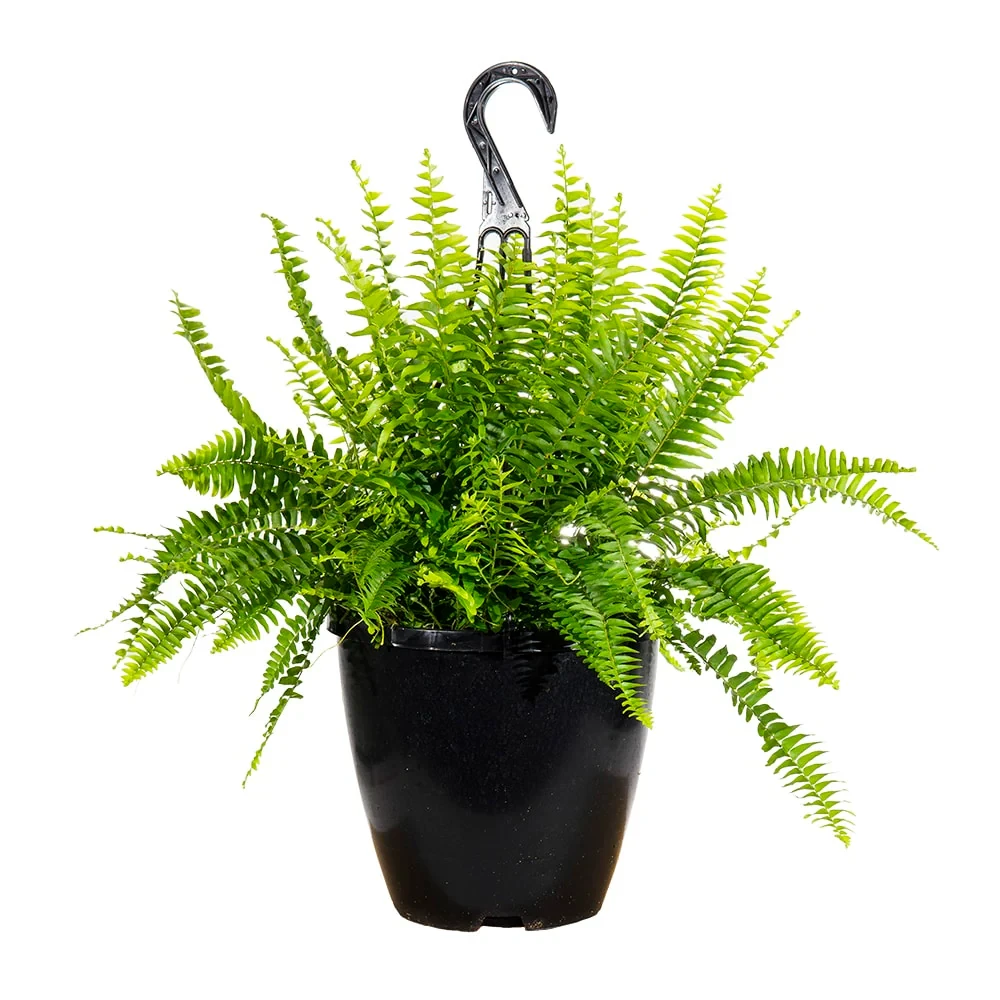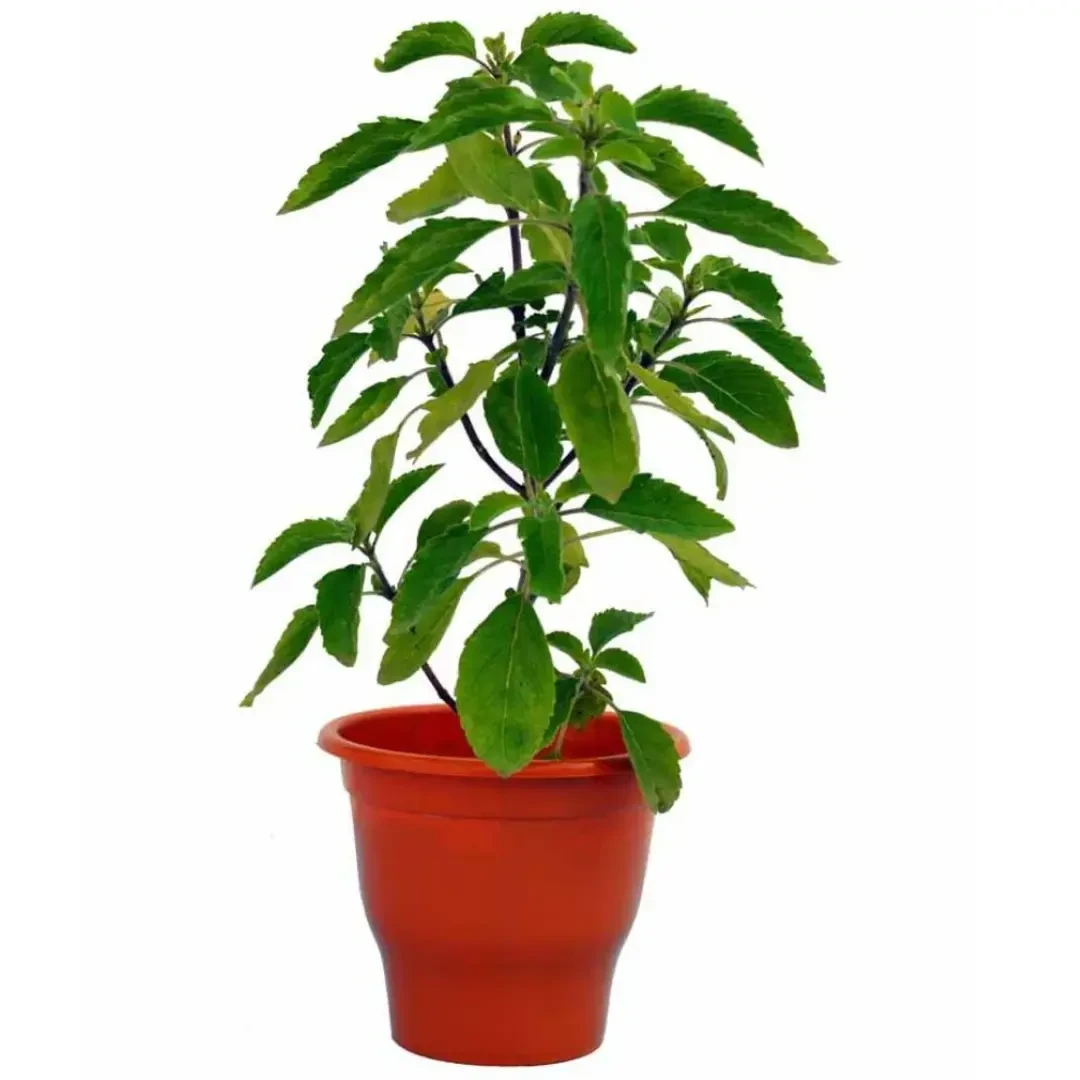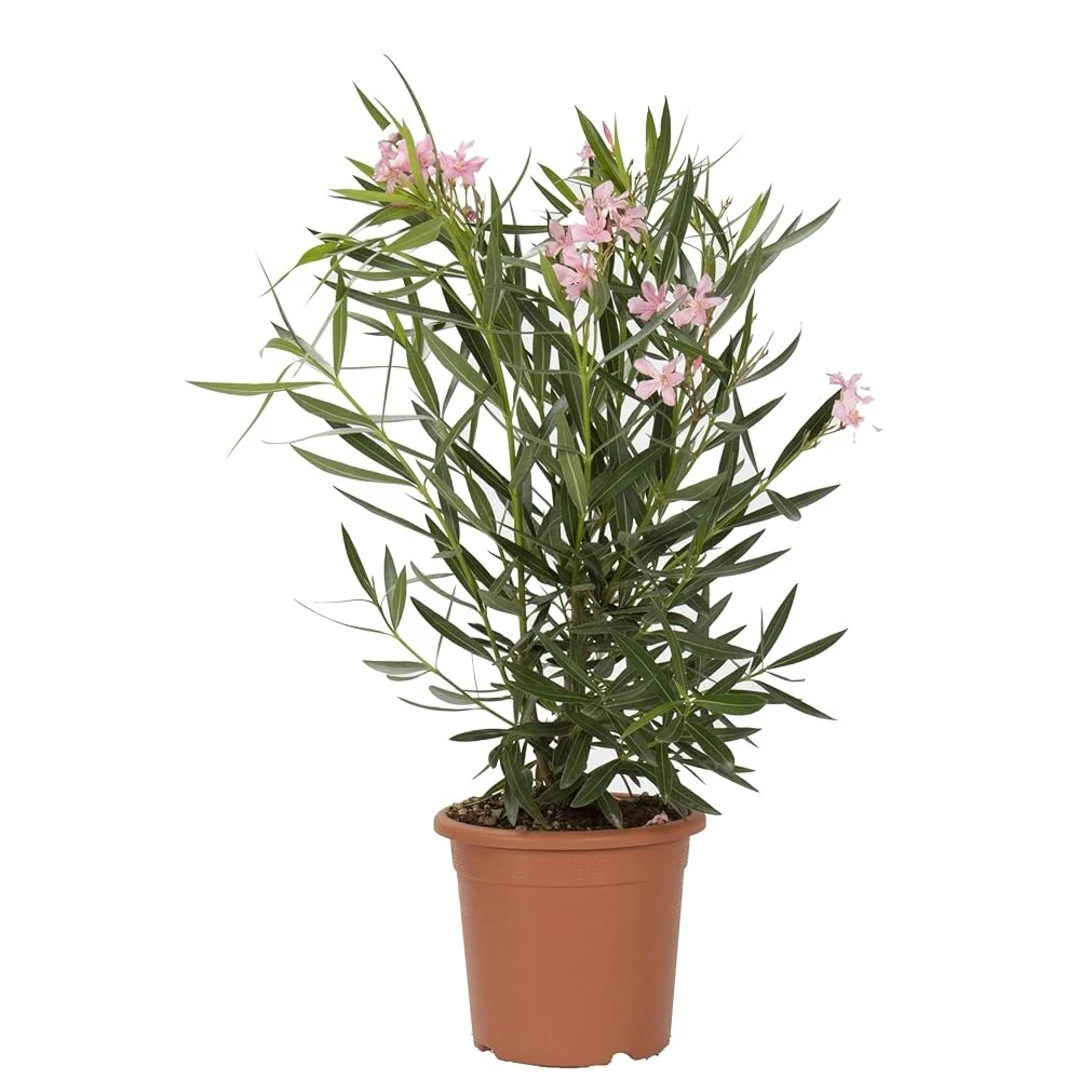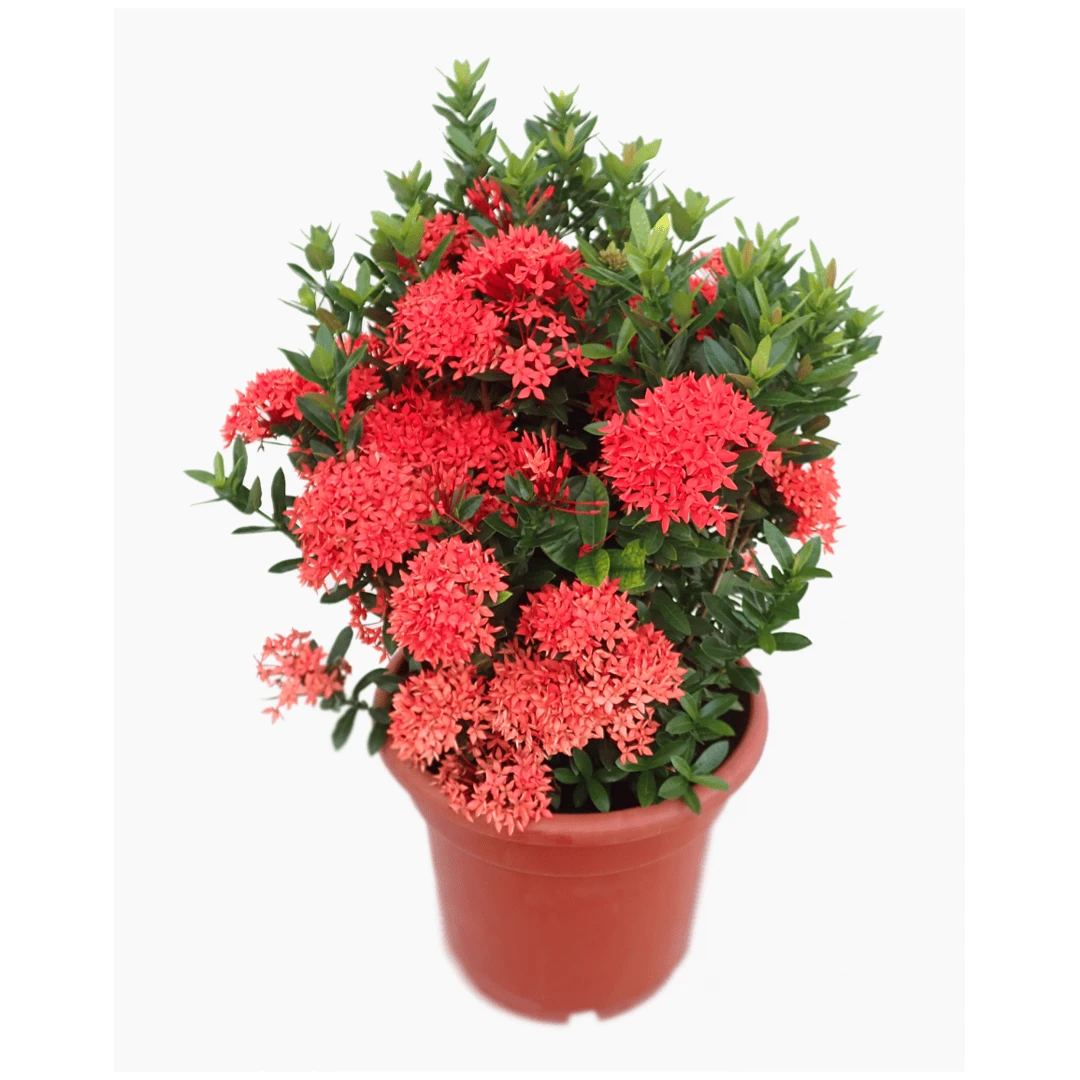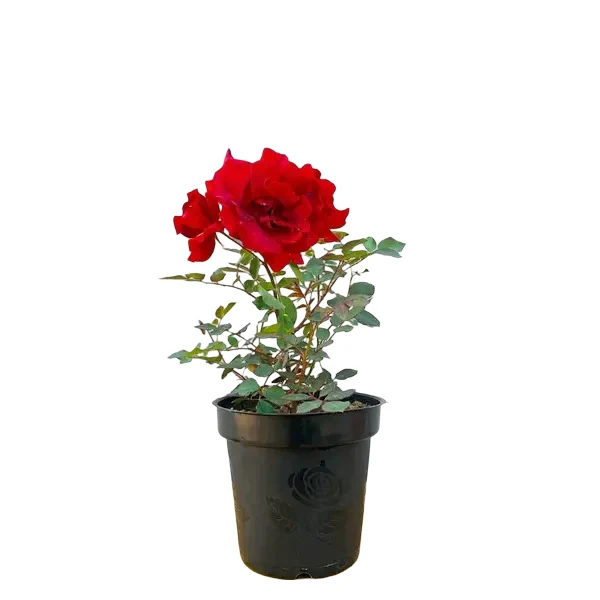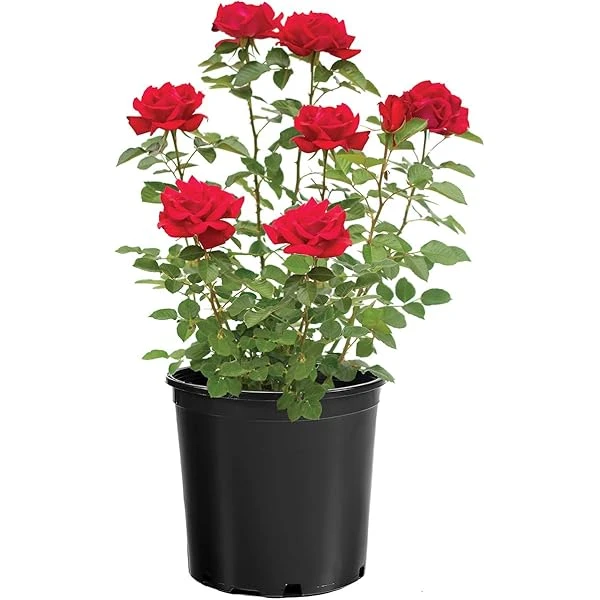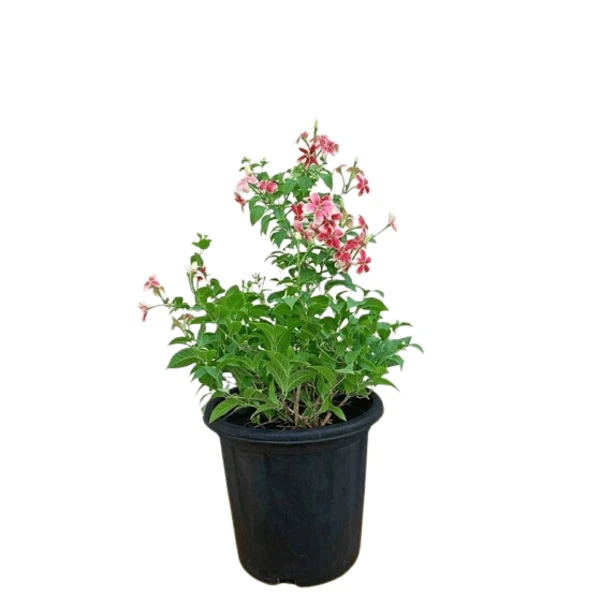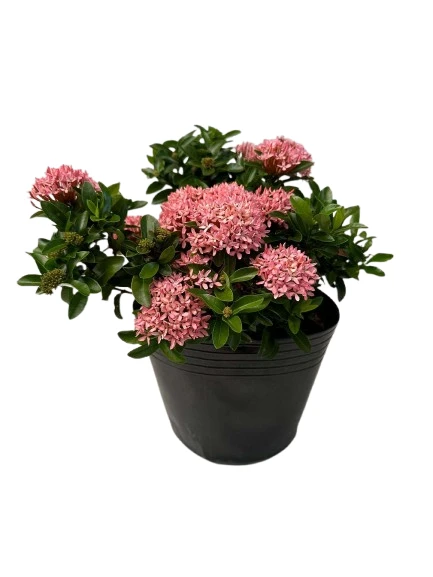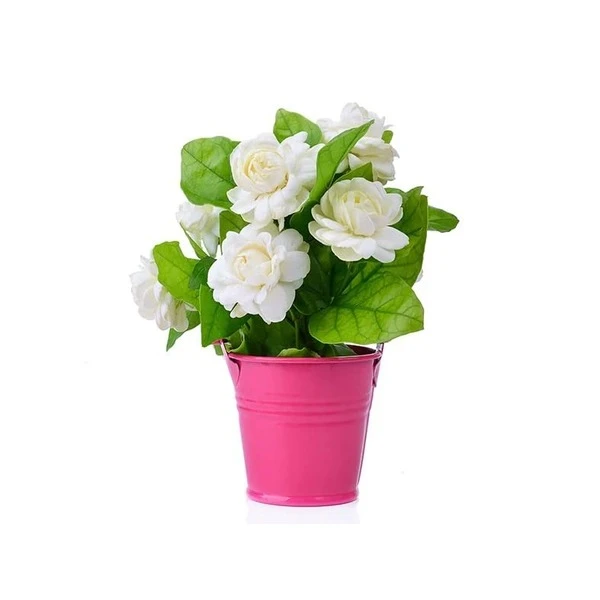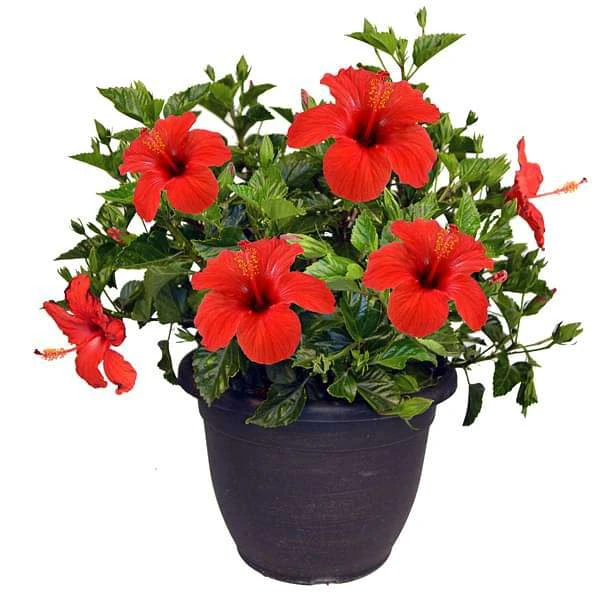The Sitafal, also known as Sugar Apple or Custard Apple (Annona squamosa), is a small, deciduous tree with a rounded crown, reaching heights of 3-8 meters. It's known for its sweet, creamy, and aromatic fruit, which has a knobby, green exterior that turns yellowish when ripe. The flesh inside is white and contains black seeds.
Here's a more detailed description:
Plant Characteristics:
Size and Shape:
It's a small to medium-sized tree with a short trunk and wide-spreading branches, forming a rounded or flattened crown.
Leaves:
The leaves are oblong, 5-15 cm long, and 2-5 cm wide, with a dull green upper surface and a paler underside. They are aromatic when crushed.
Flowers:
The fragrant flowers are oblong, 2.5-3.8 cm long, and typically borne in groups of 2-4. They have 3 fleshy outer petals that are yellow-green on the outside and pale-yellow inside, often with a purple or dark-red spot at the base.
Fruit:
The fruit is round or heart-shaped, with a knobby, green or brownish-green skin that becomes slightly yellowish when ripe. The creamy white flesh is sweet and aromatic and contains numerous black seeds.
Growing Conditions:
Climate: Sitafal trees thrive in hot, dry climates with full sun to semi-shade.
Soil: They prefer well-drained, fertile loamy soils.
Water: Moderate water is needed, and they are somewhat drought tolerant.
Frost: They should be planted in frost-free areas, as they are sensitive to cold.
Location: They can be grown in gardens or outdoor areas and are often planted on slopes.
Other Notable Features:
Propagation: Sitafal trees can be propagated from seeds or by grafting.
Fruiting: They typically begin to bear fruit within a year or two after planting.
Medicinal Properties: The fruit, seeds, leaves, and roots are valued in traditional medicine.
Biodiversity: They attract bees, butterflies, and ants.



